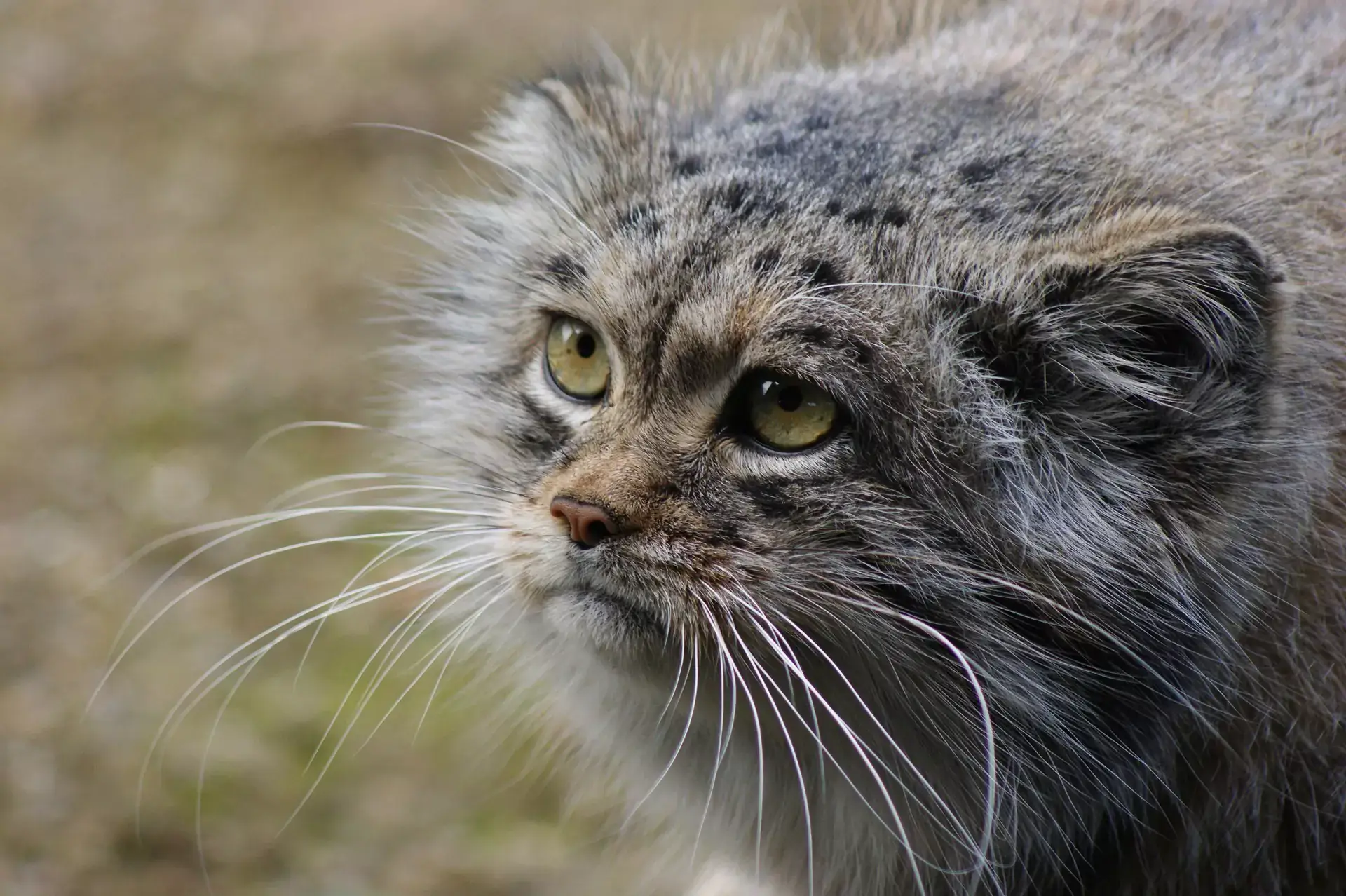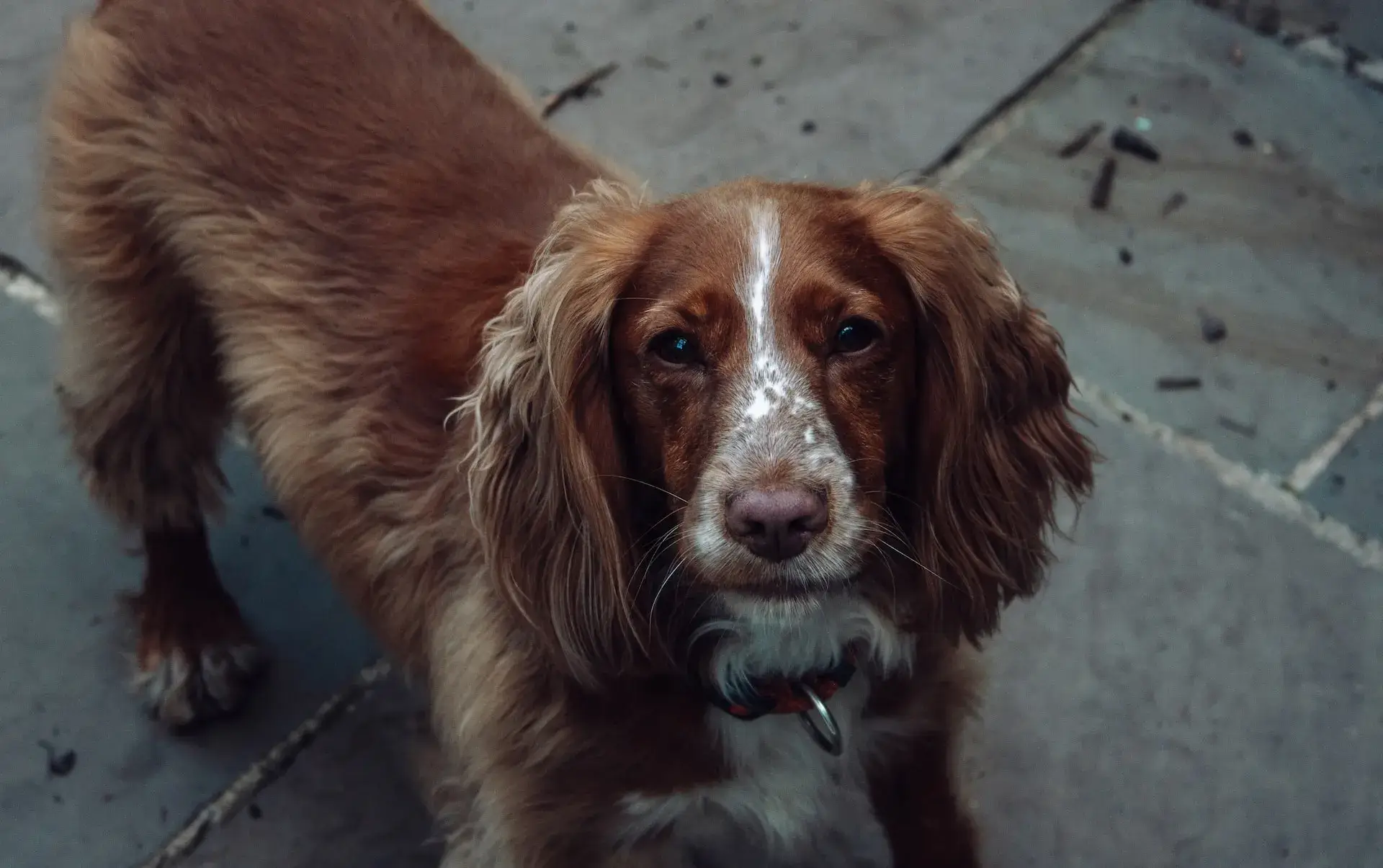DIY Toys for Pocket Pets
Do you have a hamster, gerbil, Guinea pig, or bunny? These little guys, also known as pocket pets, all have open-rooted teeth. This means they need to chew quite a bit to keep those tiny choppers from overgrowing. You’ll need to offer your pet lots of chew toys. However, you don’t have to break the bank buying playthings for your miniature furball. There are lots of things you can do at home! A Fort Myers, FL vet lists some great DIY pocket pet toys in this article.
Tunnels
Many types of pocket pets are burrowers by nature, so they like to dig and explore little tunnels. Make a maze for your little buddy out of cardboard or PVC pipe. You can also use paper mache, as long as you use a safe, nontoxic, flour-and-water solution for glue.
Paper
Plain paper is also safe for your furry friend to chew on. Ever wanted to try origami? Make some shapes for your little buddy. (Tip: this is a great project for kids!) You can also fill a shoebox with crumpled up sheets of paper or shredded paper strips.
Wooden Items
Your pint-sized pal will definitely enjoy chewing on wooden items. You can offer the little guy things like thread spools, wooden spoons, and other wooden objects. Just be sure to stick with safe woods. Avoid hardwoods, like pine and cedar: they’re actually toxic to small animals.
Cardboard
Cardboard is very popular with these little guys! It’s also safe, as long as it’s free of things like stickers, staples, and tape. You can make quite a few cute toys from the cardboard tubes from toilet paper or paper towel rolls. For instance, you can fill them with fresh hay, shredded paper, or suitable herbs. Or, cut them into rings, and then use the rings to make a little ball for your cute pet. You can also stack them into pyramids, or fold the ends down to make a small packet, and put a yummy morsel inside.
Tips
Always put your pet’s safety first. Never give your little buddy anything with small parts or sharp edges. You’ll also want to avoid anything that is covered in decorative coatings, like glitter, varnish, paint, or dye. Ask your vet for more information.
Our Advice on DIY Toys for Pocket Pets in 2024
Why is providing chew toys important for pocket pets?
Providing chew toys is essential for pocket pets due to their open-rooted teeth, which continuously grow throughout their lives. Chew toys help keep these teeth at a manageable length, preventing overgrowth that can lead to serious health issues, including difficulty eating and infections. Additionally, these toys satisfy natural behaviors such as chewing and burrowing, contributing to the pet’s overall well-being and preventing boredom. Always ensure toys are safe, non-toxic, and free from small parts or sharp edges to protect your pet’s health.
How can you turn cardboard into fun toys for your pocket pet?
Transform cardboard into engaging toys for your pocket pet by utilizing safe, staple-free materials. Create mazes or tunnels from cardboard tubes or boxes, encouraging exploration and exercise. You can craft toys by rolling tubes with fresh hay, shredded paper, or herbs inside for foraging fun. Additionally, cut tubes into rings to form balls or interlink them into pyramids for climbing. Always ensure cardboard is clean and free from inks, stickers, or tapes. These DIY projects enrich your pet’s environment, catering to their natural chewing and burrowing instincts.
How often should you replace these DIY toys?
Replace DIY toys for your pocket pet as they become worn or soiled to maintain hygiene and safety. Frequency depends on the toy’s durability and your pet’s chewing habits. Cardboard items may need replacement weekly, while harder materials like wood last longer. Regular inspection for signs of wear, such as fraying or breakage, is crucial to prevent ingestion of small parts. Consistently introducing new toys also helps keep your pet’s environment stimulating, encouraging natural behaviors and preventing boredom. Consult your veterinarian for specific recommendations based on your pet’s needs.
Are there specific DIY toy ideas for each type of pocket pet?
Yes, DIY toy ideas can be tailored to the unique behaviors of each type of pocket pet. For burrowers like hamsters and gerbils, tunnels and mazes from cardboard or PVC pipes encourage natural digging instincts. Guinea pigs and bunnies, who are avid chewers, benefit from chew toys made of safe woods or cardboard filled with hay. Origami shapes from plain paper can entertain various pocket pets, offering a safe chewing option. Always select materials based on your pet’s size, chewing habits, and safety, avoiding toxic substances and small parts.
What signs should you look out for that indicate a DIY toy is no longer safe?
Monitor DIY toys for signs indicating they’re no longer safe, including significant wear, such as fraying, tearing, or breakage, which can pose choking hazards. Watch for sharp edges or small parts that may have become exposed, risking injury or ingestion. Discoloration or mold suggests contamination, necessitating immediate disposal to prevent health issues. Always ensure toys remain free from harmful substances like glue or paint that could have been exposed through wear. Regular inspections and prompt replacement of compromised toys are essential to maintaining a safe environment for your pocket pet.
Please feel free to contact us, your local Fort Myers, FL vet clinic, anytime. We are here to help!





